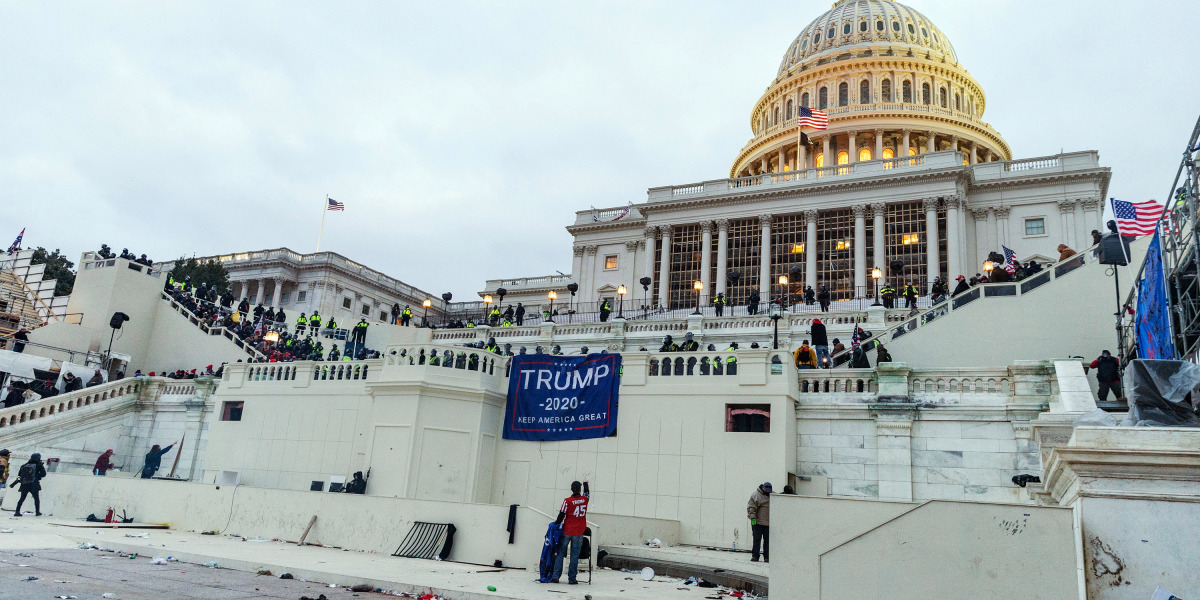
Nor were resources an issue. The United States Capitol Police, or USCP, is one of the most well-funded police forces in the country. It is responsible for security across just 0.4 square miles of land, but that area hosts some of the most high-profile events in American politics, including presidential inaugurations, lying-in-state ceremonies, and major protests. The USCP is well-staffed, with 2,300 officers and civilian employees, and its annual budget is at least $460 million—putting it among the top 20 police budgets in the US. In fact, it’s about the size of the Atlanta and Nashville police budgets combined. For comparison, the DC Metropolitan Police Department—which works regularly with the USCP and covers the rest of the District’s 68 square miles—has a budget of $546 million.
The USCP is different from state and local departments in other important ways, too. As a federal agency that has no residents inside its jurisdiction, for example, it answers to a private oversight board and to Congress—and only Congress has the power to change its rules and budgets. Nor is it subject to transparency laws such as the Freedom of Information Act, which makes it even more veiled than the most opaque departments elsewhere in the country.
All of this means there is little public information about the tools and tactics that were at the USCP’s disposal ahead of the riots.
But “they have access to some pretty sophisticated stuff if they want to use it,” says Stoughton. That includes the resources of other agencies like the Secret Service, the FBI, the Department of Homeland Security, the Department of the Interior, and the United States military. (“We are working [on technology] on every level with pretty much every agency in the country,” the USCP’s then-chief said in 2015, in a rare acknowledgment of the force’s technical savvy.)
What should have happened
With such resources at its disposal, the Capitol Police would likely have made heavy use of online surveillance ahead of January 6. Such monitoring usually involves not just watching online spaces, but tracking known extremists who had been at other violent events. In this case, that would include the “Unite the Right” rally in Charlottesville, Virginia, in 2017 and the protest against coronavirus restrictions at the Michigan state capitol in 2020.
Exactly what surveillance was happening before the riots is unclear. The FBI turned down a request for a comment, and the USCP did not respond. “I’d find it very hard to believe, though, that a well-funded, well-staffed agency with a pretty robust history of assisting with responding to crowd control situations in DC didn’t do that type of basic intelligence gathering,” says Stoughton.
Ed Maguire, professor of criminal justice at Arizona State University, is an expert on protests and policing. He says undercover officers would usually operate in the crowd to monitor any developments, which he says can be the most effective surveillance tool to manage potentially volatile situations—but that would require some preparedness and planning that perhaps was lacking.
Major events of this kind would usually involve a detailed risk assessment, informed by monitoring efforts and FBI intelligence reports. These assessments determine all security, staffing, and surveillance plans for an event. Stoughton says that what he sees as inconsistency in officers’ decisions to retreat or not, as well as the lack of an evacuation plan and the clear delay in securing backup, point to notable mistakes.
This supports one of the more obvious explanations for the failure: that the department simply misjudged the risk.
What seems to have happened
It appears that Capitol Police didn’t coordinate with the Park Police or the Metropolitan Police ahead of the rally—though the Metropolitan Police were staffed at capacity in anticipation of violence. Capitol Police Chief Steven Sund, who announced his resignation in the wake of the riots, also asserts that he requested additional National Guard backup on January 5, though the Pentagon denies this.
The USCP has also been accused of racial bias, along with other police forces. Departments in New York, Seattle, and Philadelphia are among those looking into whether their own officers took part in the assault, and the Capitol Police itself suspended “several” employees and will investigate 10 officers over their role.
But one significant factor that might have altered the volatility of the situation, Maguire says, is that police clashes with the Proud Boys in the weeks and days before the event, including a violent rally in Salem, Oregon, and the arrest of the white supremacist group’s leader, Henry Tarrio, fractured the right wing’s assumption that law enforcement was essentially on their side. On January 5, Maguire had tweeted about hardening rhetoric and threats of violence as this assumption started to fall apart.

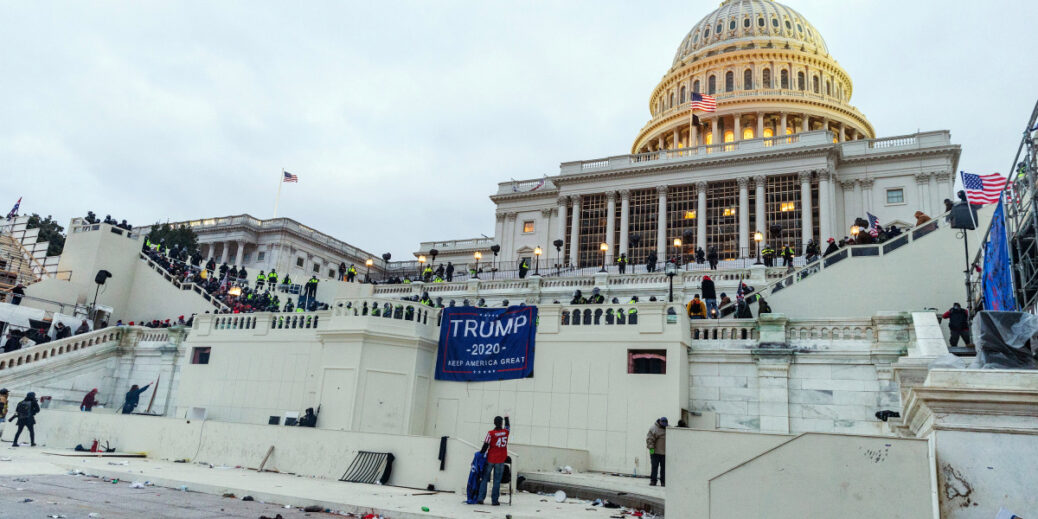
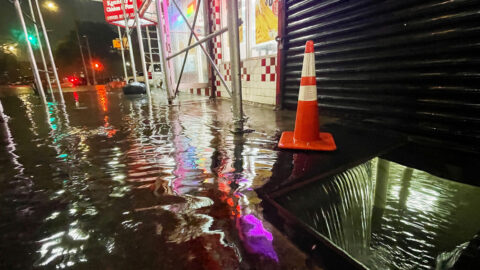

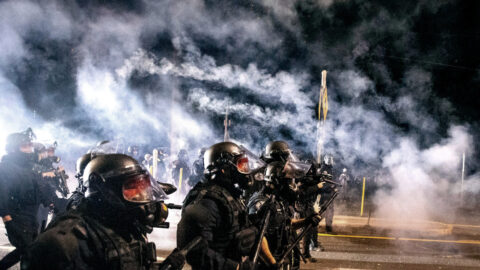
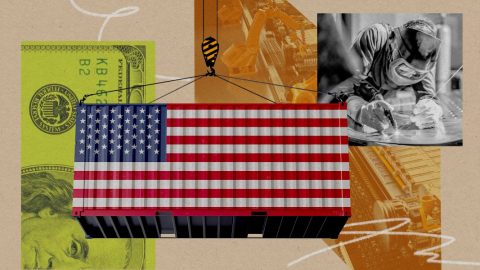
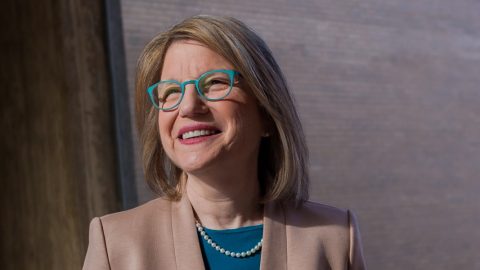
Recent Comments